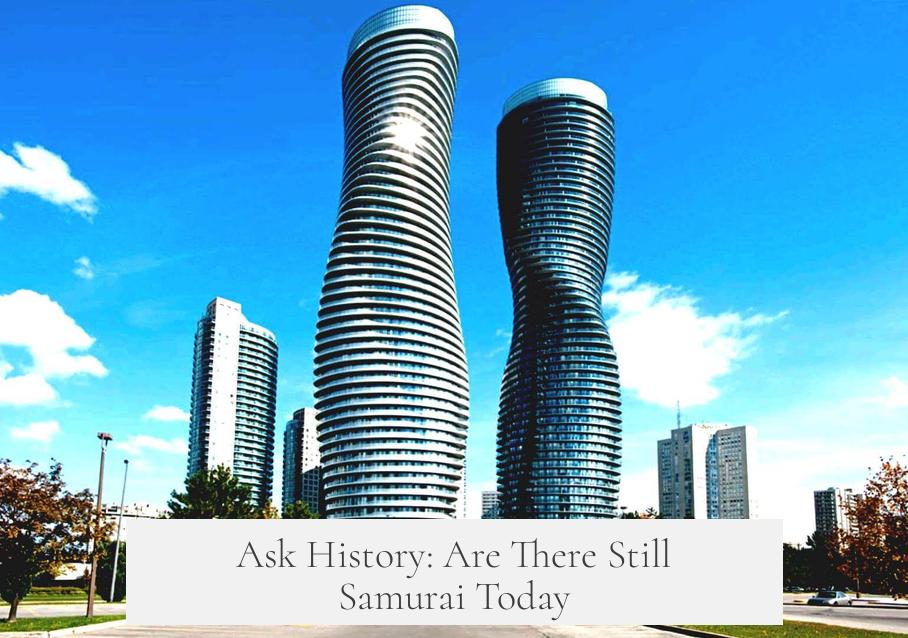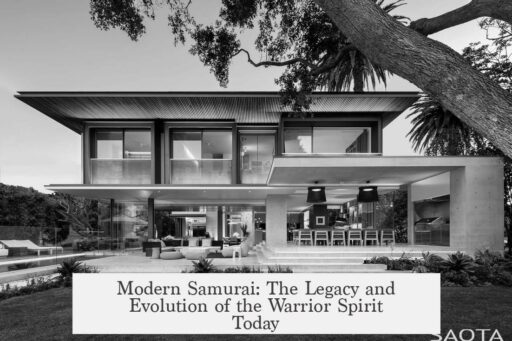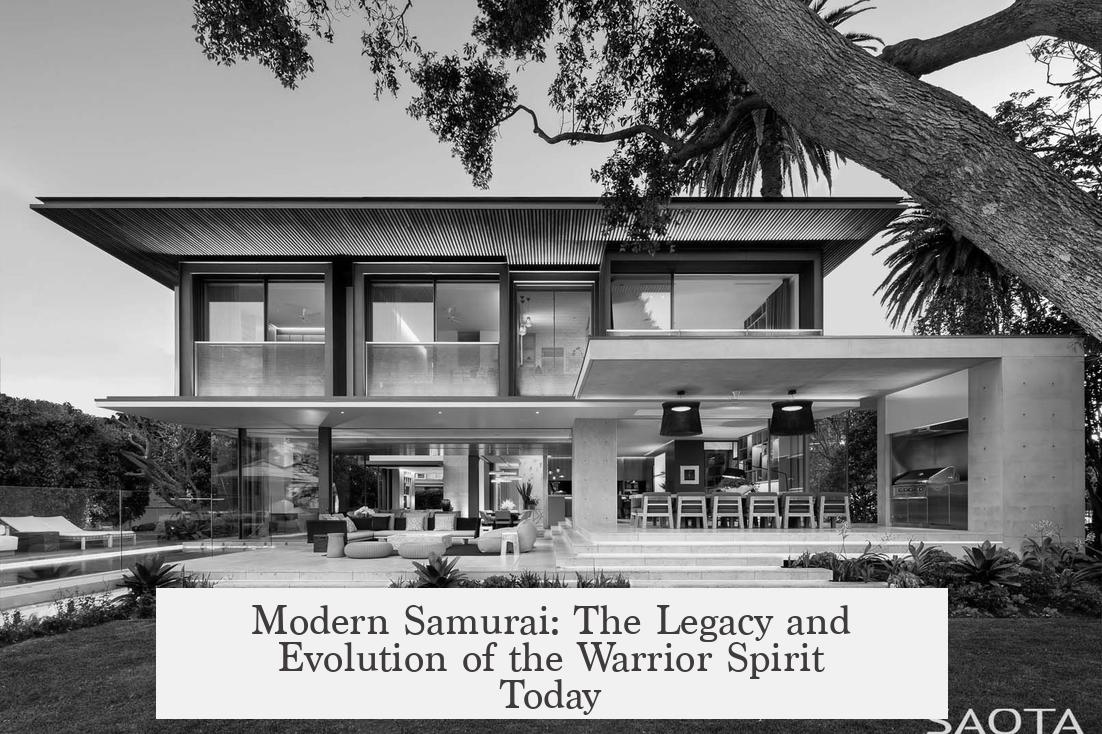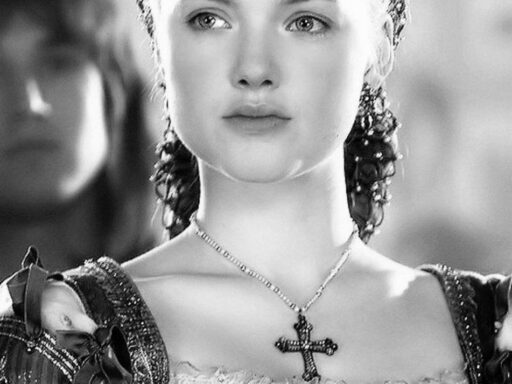There are no samurai today in the traditional sense of sword-carrying warriors as they existed before the Meiji Restoration. The samurai class officially ended during the Meiji Restoration in the late 19th century. In 1873, samurai lost their status and rights, receiving the new social designation “shizoku” instead, which was later abolished after World War II. This marked the formal disbandment of the samurai as a warrior class. Consequently, no old-style samurai roam Japan fighting battles with swords today, much as medieval knights do not exist in modern Europe.
The warrior spirit that characterized the samurai also faded in the 20th century, particularly after the Battle of Okinawa and the atomic bombings during World War II. These historic events closed the chapter on the offensive fighting ethos traditionally associated with samurai warriors.
While no samurai exist in their original role, many Japanese families proudly trace their lineage to samurai clans. Descendants of these warriors often regard their heritage with pride. For example, comic artist Eiichiro Oda, creator of “One Piece,” is a direct descendant of the famous warlord Oda Nobunaga. Such descendants tend to occupy higher social strata or retain a respect for their samurai ancestry. In daily life, some openly share their samurai roots while others keep it private.
The samurai legacy lives on through cultural traditions and martial arts. Kendo, a modern martial art, directly descends from samurai sword-fighting techniques. It integrates philosophy tied to bushido, the samurai code, and maintains ritual elements such as kamidana (spiritual shelves) in dojos. Some practitioners worldwide study kendo to understand and honor samurai values. Additionally, kenjutsu demonstrations by experts like Isao Machii showcase sword skills inspired by samurai practices. These arts keep aspects of samurai heritage alive today without reviving the samurai as a social class.
- Samurai as a warrior class ended with the Meiji Restoration in 1873.
- No modern samurai fight with swords or hold samurai status.
- Many Japanese trace family roots to samurai clans proudly.
- Martial arts like kendo preserve samurai sword traditions and philosophy.
- Samurai spirit ended in the mid-20th century with World War II.
Ask History: Are There Still Samurai Today?

Are there still samurai today? The quick answer is no—not in the way you imagine sword-wielding warriors roaming Japan’s streets. The samurai, as a warrior class, officially faded away during the Meiji Restoration in the late 19th century. But let’s dive into this fascinating topic with more detail and nuance. You might be pleasantly surprised by how the samurai legacy still echoes in modern Japan.
The samurai, the iconic Japanese warrior caste, have been glamorized in movies, books, and folklore for centuries. Today, they do not exist as a distinct social class or as actual sword-fighting soldiers. Their official disbandment happened in 1873 during the Meiji Restoration. When the samurai lost their feudal privileges, they were given a new title, shizoku (士族), which lasted until it was completely abolished after World War II.
The Meiji Restoration was a time of rapid modernization for Japan. The government aimed to transform the country into a modern state. The samurai class, with its traditional role in warfare and governance, no longer fit with this vision. So their swords were sheathed—literally and figuratively. Just as there are no medieval knights charging today on European battlefields, there are no samurai warriors dueling in Japan.
The End of the Warrior Spirit?
The samurai spirit, a potent mixture of discipline, honor, and martial bravery, also gradually faded. Experts generally agree that the end of the “offensive warrior spirit” happened sometime between the Battle of Okinawa (1945) and the end of World War II after the atomic bombings.
War and technology had evolved. Japan’s militaristic phase gave way to peace and rebuilding. The sharp, swift sword was replaced by guns and tanks. But did the samurai spirit vanish entirely? That’s a fascinating question.
Modern-Day Samurai Descendants

While the classical samurai are gone, their bloodlines continue. Numerous families in Japan proudly trace their heritage to samurai clans. For instance, Eiichiro Oda, the famous creator of the manga One Piece, is a direct descendant of Oda Nobunaga—one of Japan’s most legendary warlords. Now, that’s a cool penmanship pedigree!
Similarly, Nobunari Oda, a champion figure skater, shares this proud lineage. Many samurai descendants today are part of Japan’s upper class, carrying a legacy of honor and cultural influence.
Living in Japan, you might meet folks who casually drop their samurai ancestry into conversation—or keep it a family secret. Either way, the pride in that history runs strong. It’s not just a family tree detail; it often shapes social identity and cultural respect.
The Samurai Legacy in Martial Arts
The samurai legacy isn’t confined to dusty history books. It lives on in the philosophical martial arts traditions of Japan. The most famous is kendo—the “way of the sword.” Kendo practitioners don traditional clothing, engage in rituals at dojo like having a kamidana (a Shinto spirit shelf), and study the ethics of bushido, the samurai code of honor.
If you love samurai culture, kendo offers a direct, living connection. The sport sharpens discipline and respect while celebrating the samurai’s martial techniques. It’s not just swordplay; it’s a path to self-improvement.
And it’s not only Japanese folks participating in this tradition. People worldwide study kendo, embracing a slice of samurai culture long after the swords stopped being weapons of war.
For a thrilling example of samurai sword skills alive today, check out Isao Machii, a modern-day practitioner of kenjutsu (the art of the sword). In this video, he performs unbelievable katana cuts that highlight the precision and speed samurai swordsmen trained for. It’s proof: the art and skill behind the samurai sword haven’t disappeared—just changed form.
So, Are There Samurai Today? Not Exactly—But Yes, in Other Forms
While you won’t find roaming samurai with swords ready for battle, the spirit and cultural legacy of the samurai remain very much alive. They survive through descendants who honor their heritage, through martial arts that embody their philosophy, and through popular fascination with their history.
The samurai are less about physical battles now and more about spiritual and cultural battles: maintaining honor, discipline, and respect in an ever-changing modern world. Think of it as a transformation, not an extinction.
What does this mean for you? If samurai stories fascinate you, don’t just binge watch samurai movies. Try learning kendo or reading about bushido. Delve into the history of samurai families still known in Japan. These actions connect you to a heritage that is alive, not just remembered.
In conclusion, the samurai are gone as a class but not as an ideal. They live on in people, arts, and cultural memory. That’s a legacy worth appreciating deeply—not just a tale of swords, but a code of life.
Are there any samurai warriors still active in Japan today?
No, the traditional samurai warrior class ended during the Meiji Restoration in the late 1800s. They no longer hold the role of sword-carrying fighters or warriors in modern Japan.
Do people still identify as samurai or have samurai heritage?
Yes, some families proudly trace their roots back to samurai clans. Many descendants are aware of their heritage and regard it with pride, though they do not live as samurai did.
Has the samurai warrior spirit completely disappeared?
The offensive warrior spirit is generally considered to have ended after World War II. While the fighting tradition faded, elements survive symbolically in some martial arts.
What modern practices keep samurai traditions alive?
Kendo and kenjutsu are martial arts that continue samurai swordsmanship. These include philosophical teachings related to bushido and traditional rituals still practiced today.
Are samurai descendants connected to Japan’s social classes now?
Many samurai descendants belong to Japan’s upper class. Their heritage is sometimes linked to social status, reflecting the historical importance of samurai families.



